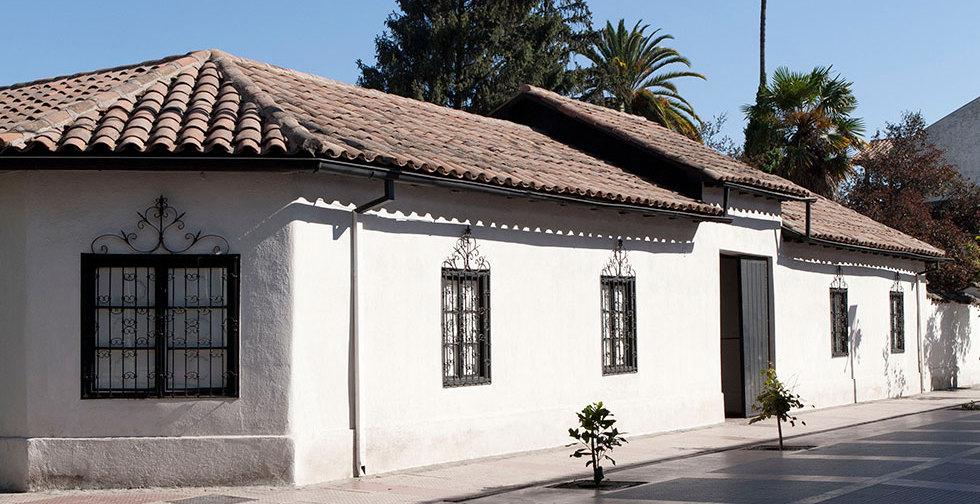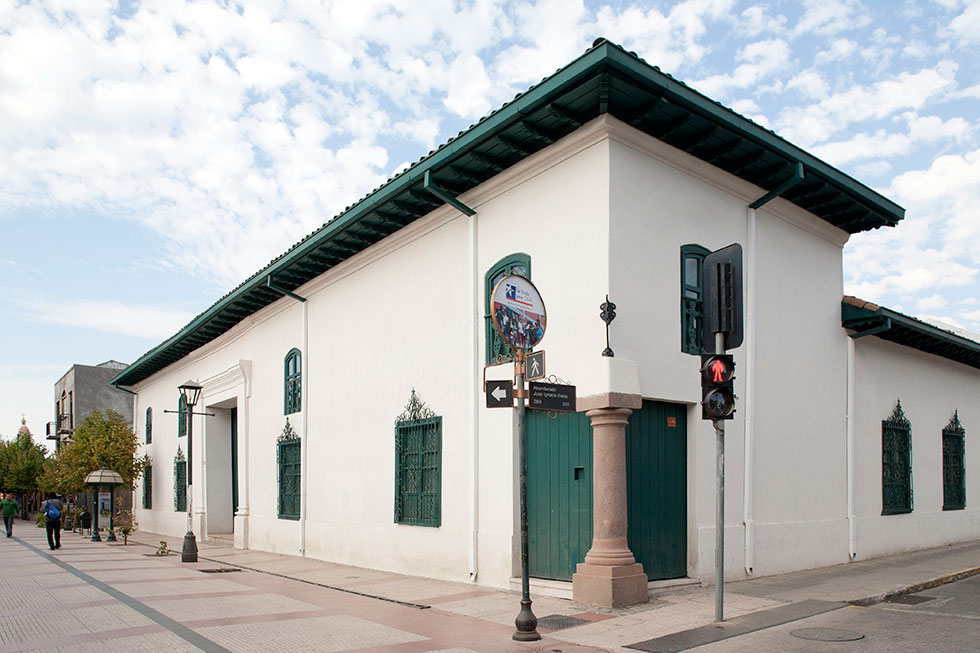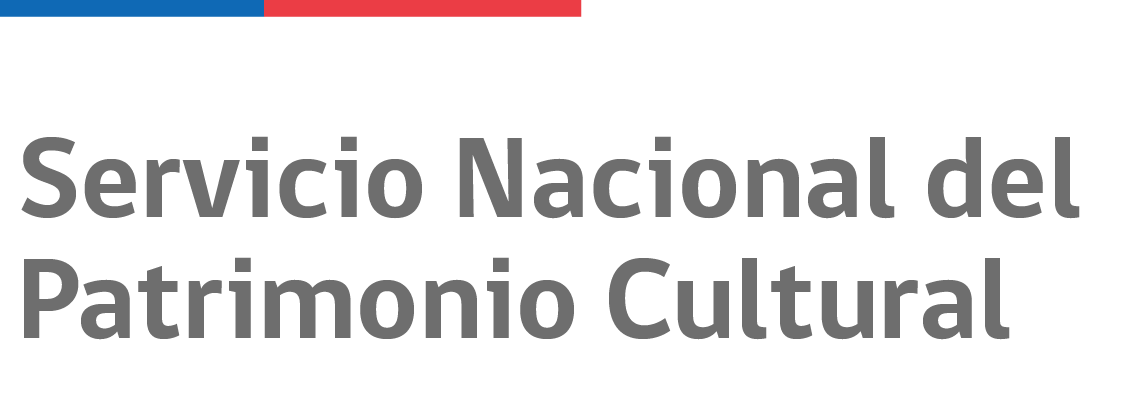
Services:
- Disabled access
- Guided visits
- Floor map
- Public transport
Opening times:
Admission:
About the institution

Façade of Rancagua Regional Museum.
The O'Higgins Region, of which Rancagua is the capital, is named after Bernardo O'Higgins, the soldier of Spanish-Irish descent who is regarded in Chile as the "father of the nation". After playing a leading role in the country's battles for freedom from Spain, he became Supreme Director of the newly independent nation in 1818.
Before that, however, Rancagua was the site of a major setback for the Chilean forces. In a battle there in October 1814, they were defeated by the Spanish troops in the "Disaster of Rancagua" and O'Higgins and other leaders of the struggle were forced to take temporary refuge in Argentina. The Rancagua Museum, which also covers many other aspects of the O'Higgins Region's history, was founded in 1950.
The buildings
The two houses that form the Museum's current premises are the only ones to have survived from the time of the foundation of Rancagua in the mid-eighteenth century. Built around internal courtyards, with thick adobe walls and tiled roofs, they are excellent examples of traditional Chilean architecture.
- Casa del Pilar de Esquina. The earliest record of this house dates from 1780 when it belonged to the local Inza family. It was in this house that the Museum was created in 1950 by its then owners. Since restoration work in the mid-1990s, it has been used for temporary exhibitions and cultural activities.
- Casa del Ochavo. This house also dates from the eighteenth century, although less is known about its origins. It was acquired by the Rancagua municipal government in 1970 and now houses the Museum's permanent exhibition.
Inside the Museum
The permanent exhibition includes three key rooms:
- Rancagua in the Independence. This room contains exhibits and paintings relating to the city's role before, during and after the Battle of Rancagua.
- Nineteenth century life. Grouped around the first courtyard of the Casa del Ochavo, a sitting room, dining room, study and traditional kitchen provide visitors with an interesting picture of daily life in Rancagua towards the end of the nineteenth century.
- Popular religiosity. This room shows the different traditions of popular religiosity that exist in the O'Higgins Region, including a valuable collection of religious images and related craftwork.
In addition, the Museum has an important collection of items relating to the Region's indigenous inhabitants and the different economic activities that take place there, including the agriculture for which it has traditionally been important.





